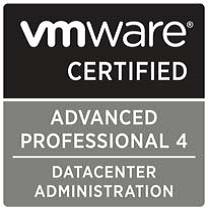As virtualized environments grow larger and more complex in design and architecture, itâs imperative to be able to spot current and potential bottlenecks that could lead to performance degradation and outages. Without a birdâs-eye view of your environment, you may as well be operating with your eyes closed. There is no way to guarantee you have a reliable environment if you donât know its health.
It can be difficult to get total visibility into the health of a virtualized environment with just a single product. However, having a few different solutions for monitoring the health of your environment is not necessarily a bad thing. And although the there is additional cost, consider the far greater cost associated with an outage. I guarantee most monitoring and event management systems pay for themselves once they help you avoid an outage that could otherwise have cost thousands of dollars. Being able to quickly find the root cause of an outage is an important win, since some outages canât be avoided.
The more complete the view into your environment, the better off you will be. The list below includes some key areas you should have a quick way of monitoring:
- Network
- Storage
- Server/blade
- Hypervisor
- Application
Different parts of IT may manage each of these areas individually; so the next question would be, âCan you correlate the information you gather in multiple systems into a single view?â On countless occasions, Iâve had to troubleshoot a problem without having the complete picture. This can make it impossible to truly know what the root cause of an outage was, and means wasted time searching for a silver bullet that can never be found. Weâve all heard complaints about slow-running applications: But what does that really mean, and where do you go looking first?




